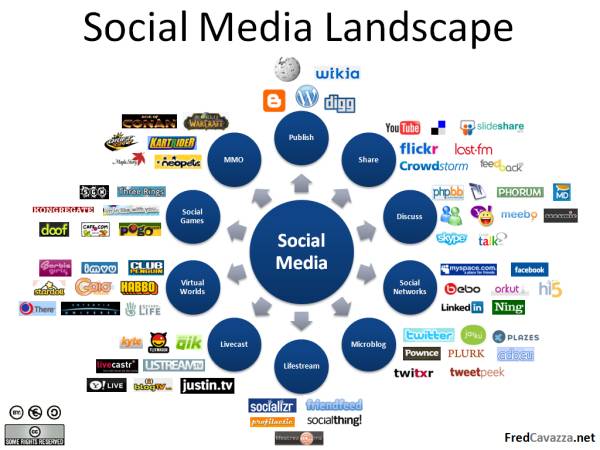Is a Blockchain Coming to Campus?

 Blockchain is the backbone of Bitcoin. It's a technology that adds levels of trust, authentication and recordkeeping. I suspect many of you reading this have not heard about it. Those of you that have learned about it probably don't see an immediate connection to education.
Blockchain is the backbone of Bitcoin. It's a technology that adds levels of trust, authentication and recordkeeping. I suspect many of you reading this have not heard about it. Those of you that have learned about it probably don't see an immediate connection to education.
I see it defined as a public ledger of transactions. It is comprised of a peer-to-peer network, and a decentralized, distributed database. It requires a more complicated definition than I want to get into here but that distributed database provides an unalterable, (semi-)public record of digital transactions. That is the part that makes Bitcoin work and it would obviously be very attractive to financial users.
The "block" aggregates a time-stamped batch of transactions to be included in the chain/ledger. Each block has a cryptographic signature. These blocks are also all back-linked. They reference the signature of all the previous blocks in the chain. The claim is that the blockchain contains an uneditable record of all the transactions made.
Another author writing about the financial sector says that "Blockchains are new technology layers that rewire the Internet and threaten to side-step older legacy constructs and centrally served businesses. At its core, a blockchain injects trust into the network, cutting off some intermediaries from serving that function and creatively disrupting how they operate. Metaphorically, blockchains are the ultimate non-stop computers. Once launched, they never go down, and offer an incredible amount of resiliency, making them dependable and attractive for running a new generation of decentralized services and software applications."
Some education writers, like Audrey Watters, have connected it to education. The most obvious connections are in recordkeeping for courses, credits, tuition and personal information. Authenticating the individual and the learning is important, but imagine using it globally across many school and non-academic providers. This is digital badging but at a much more secure and sophisticated level. MIT Media Lab announced last year that it was developing software to issue digital certificates on the Bitcoin Blockchain. One developer of this technology for secure sharing of academic records is Sony Global Education.
This is not pedagogy. It won't change how you teach a course. It will change what happens to the students in your classes and so may change the kind of student you have in your classes.
"Learning Is Earning" was presented by Jane McGonigal at SXSW 2016. She introduced "Edublocks” which would be units of hours of learning written to a blockchain and like Bitcoins can be used to pay for the next learning opportunity. Not all of us are enamored of the credit hour, but I like the authentication aspect. Mentor someone, get paid and use that to pay down your student loan. Acquire new skills and that goes on your learning chain.
Probably, we are going to see blockchain used in places like the financial and healthcare sector and even sharing economy businesses, like Airbnb, before it is in your school's administration offices.
For further reading, check out the book Blockchain Revolution: How the Technology Behind Bitcoin Is Changing Money, Business, and the World by Don Tapscott and Alex Tapscott. Don also has a series of videos on blockchain online too.
 EDUCAUSE has published "The Blockchain Revolution and Higher Education" by Don Tapscott and Alex Tapscott (3/13/17)
EDUCAUSE has published "The Blockchain Revolution and Higher Education" by Don Tapscott and Alex Tapscott (3/13/17)
"Why not be leaders for a new paradigm? The blockchain provides a rich, secure, and transparent platform on which to create a global network for higher learning. We believe that higher education works best when it works for all types of teaching and learning, and we believe that this new platform is an engine of inclusion. Let’s use the emerging Internet of value and the blockchain revolution to recapture our identities and endow them with our detailed and real-time records of learning. Perhaps then we can finally reinvent the past model of pedagogy and transform the architecture of higher education for the future generation of lifelong learners."

